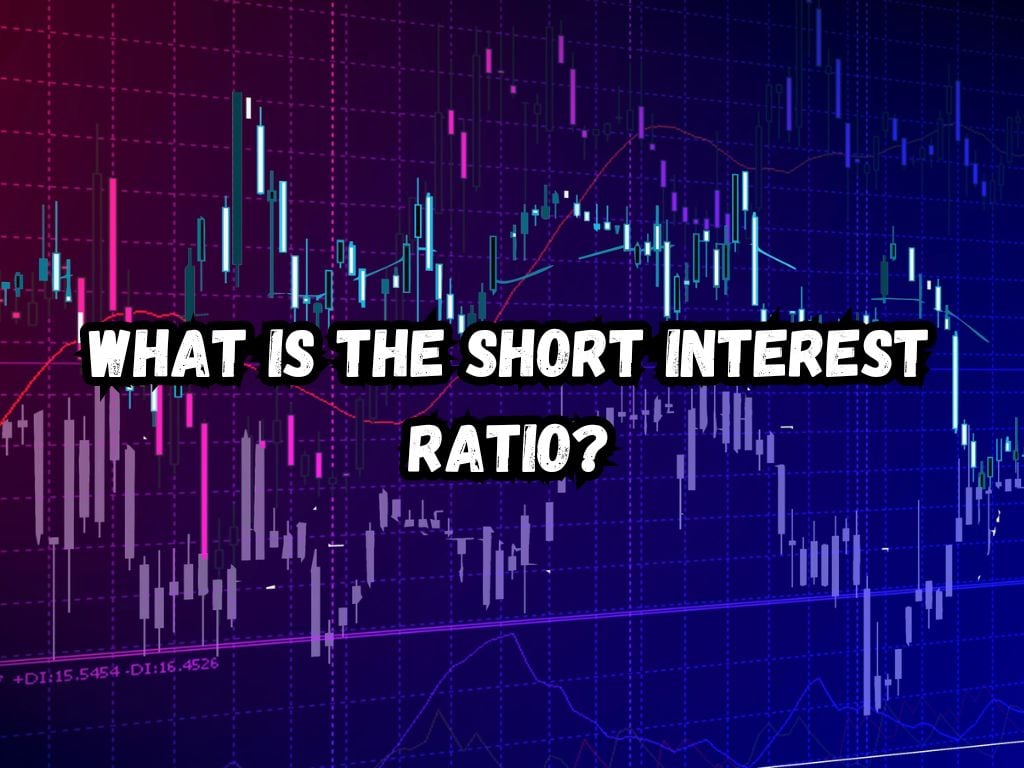In the complex world of stock trading, the Short Interest Ratio (SIR) emerges as a vital metric. It offers deep insights into market trends, enabling traders to make more informed decisions.
This article aims to decode what is the short interest ratio, illustrating its importance in investment strategies.
What is the Short Interest Ratio?
At its core, the Short Interest Ratio represents the days it would take to cover all short positions in a stock based on the average daily trading volume. It’s a simple yet powerful tool for assessing market sentiment toward a stock.
The formula for calculating SIR is the total number of shares sold short divided by the stock’s average daily trading volume.
Interpreting Short Interest Ratio Values
The value of the SIR can provide crucial clues about a stock’s future movements. A high SIR suggests that many investors are betting against the stock, possibly anticipating a decrease in its price.
Conversely, a low SIR indicates fewer short positions, hinting at a general optimism about the stock’s prospects.

The Role of SIR in Investment Strategies
Investors use the SIR to gauge market sentiment and predict future price movements. A high short interest ratio may signal a potential short squeeze, where the price of a stock spikes due to short sellers rushing to cover their positions.
Understanding this dynamic is crucial for both defensive and aggressive investment strategies.
Calculating Short Interest Ratio: Step-by-Step
To calculate the SIR, first gather the total short interest and the average daily volume of the stock.
Then divide the short interest by the daily volume. This calculation, though simple, offers valuable insight into how heavily a stock is shorted and how long it would take to buy back those shares.
Short Interest Ratio vs. Other Market Indicators
While the SIR is a useful tool, it’s important to compare it with other indicators like the Put/Call Ratio and Volume Oscillator.
Each metric offers unique insights into market trends and investor sentiment. Using them in tandem can provide a more comprehensive view of market dynamics.
The Pitfalls and Limitations of Short Interest Ratio
Though valuable, the SIR is not without its drawbacks. It can suffer from timing lags, as short interest data is reported bi-weekly. Moreover, interpreting the SIR requires caution.
For instance, a high SIR does not always predict a short squeeze. Understanding these limitations is key to using the SIR effectively.
How to Use Short Interest Ratio Effectively
For traders aiming to use the SIR effectively, it’s essential to integrate it into a broader trading strategy. Consider the stock’s context and other market indicators. Also, stay updated on short interest data to catch timely investment opportunities.
Recent Trends Involving High Short Interest Stocks
Historical incidents like the GameStop short squeeze showcase the impact of high SIR values. Such events highlight the importance of monitoring short interest as part of a dynamic investing approach.

Frequently Asked Questions
What is considered a high short interest ratio?
Generally, a SIR above 5 indicates high short interest, but this can vary by market conditions.
Does a high short interest ratio always predict a short squeeze?
No, a high SIR suggests potential for a squeeze, but it’s not a guaranteed outcome.
How can individual investors access short interest ratio data?
Investors can find short interest data on financial news websites, stock exchanges, and brokerage platforms.
Is it possible for a stock to have a Short Interest Ratio greater than 100%?
Yes, if more shares are sold short than available for trading, the SIR can exceed 100%.
What are the common misconceptions about the Short Interest Ratio?
Many believe a high SIR always signals an impending price drop. While it indicates bearish sentiment, market conditions can rapidly change.
Conclusion
The Short Interest Ratio is an indispensable tool in the arsenal of modern traders. It offers insights into market sentiment and potential price movements.
By understanding and applying this metric wisely, investors can enhance their trading strategies, navigating the stock market with greater confidence.


 Tags:
Tags:










